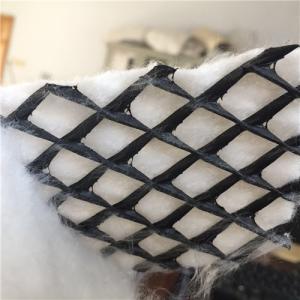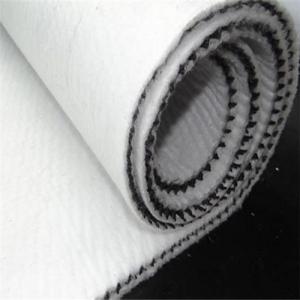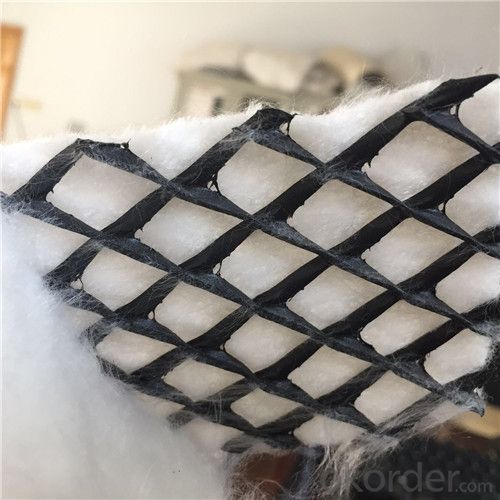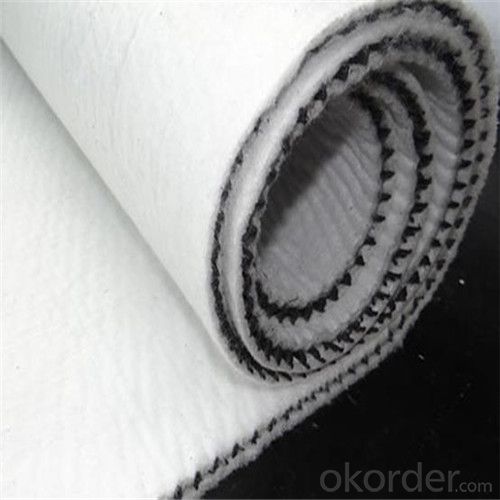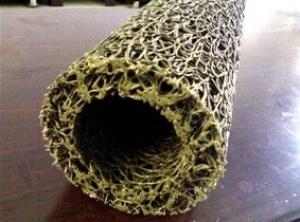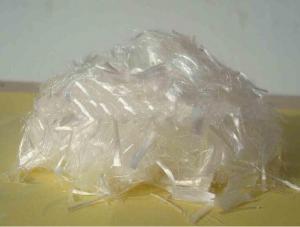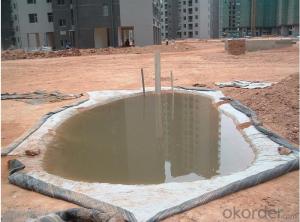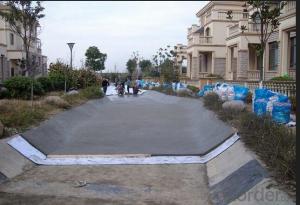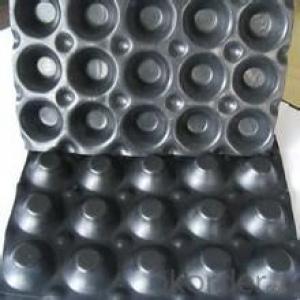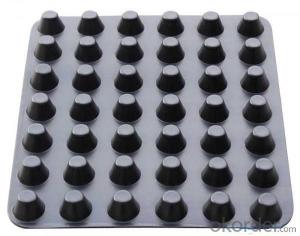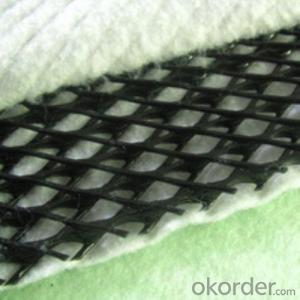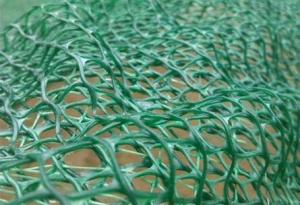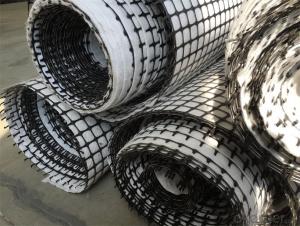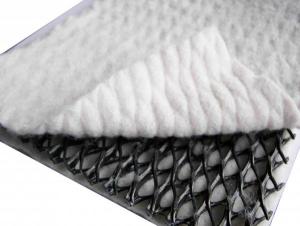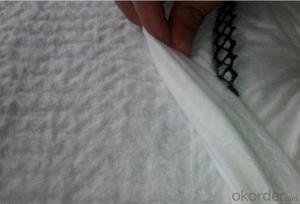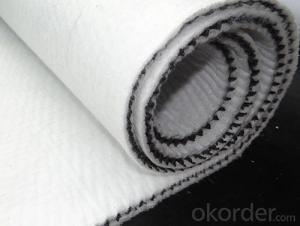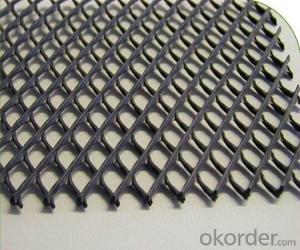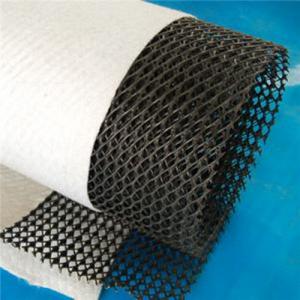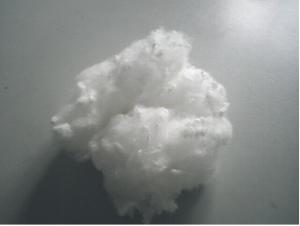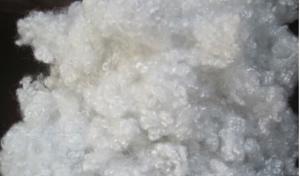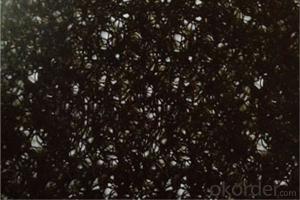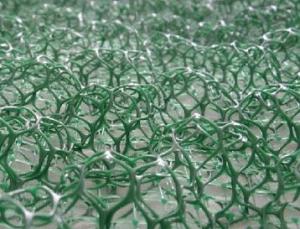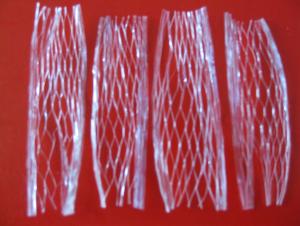Composite Geonet or Drainage for Retaining Back Wall
- Loading Port:
- Qingdao
- Payment Terms:
- TT or LC
- Min Order Qty:
- 1000 watt
- Supply Capability:
- 100000 watt/month
OKorder Service Pledge
OKorder Financial Service
You Might Also Like
Composite Geonet Description:
Composite geonet is a new type drainage material. It has three layers: three-dimensional geonet and nonwoven geotextile on both sides.
The material of geonet is HDPE, and the material of geotextile can be needle punched PET/PP nonwoven geotextile, and thermalbonded continuous filament nonwoven geotextile.
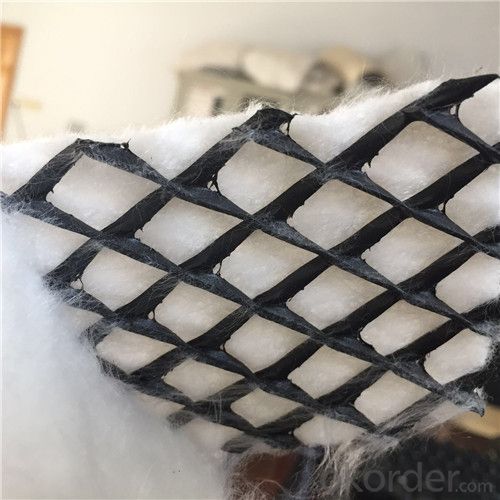
Composite Geonet Specification:
Thickness of geonet: 5mm to 8mm
Weight of geotextile: 200g/m2, as request
Width: 2m-4m
Length: as request
Composite Geonet Property:
Tri-dimension composite geonet has the property of geotextile (filtration function) and geonet (drainage and protection function), it can provide a function system: filtration-drainage-protection. The core of net with its unique tri-dimension structure can bear high
compression load in construction and remain certain thickness, provide good water conductivity.
Composite Geonet Application:
Landfill drainage, roadbed and road drainage, railway drainage, tunnel drainage, underground structure drainage, the retaining back wall
drainage, gardens and sports grounds drainage.
Packaing
Our packing is strong enough to withstand bumping and rough handling under normal condition.
We can accept add customer's logo on the package.
Our Service
1. OEM Manufacturing welcome.
2. Free Sample to see our quality.
3. We will reply you for your inquiry in 24 hours.
4. After sending, we will track the products for you once every two days, until you get the products. When you got the goods, test them, and give me a feedback.If you have any questions about the problem, contact with us, we will offer the solve way for you.
- Q: How do geotextile tubes work in dewatering applications?
- Geotextile tubes work in dewatering applications by allowing water to be separated from sludge or sediment. The tubes are filled with the material to be dewatered, and as water passes through the permeable geotextile fabric, it is filtered out while the solid particles are retained inside the tube. The remaining sludge or sediment can then be easily disposed of, while the filtered water can be discharged or reused.
- Q: How durable are earthwork products?
- Earthwork products can be highly durable when properly engineered and constructed. Factors such as the quality of materials used, the design and construction techniques employed, and the level of maintenance can greatly influence their durability. Properly designed and constructed earthwork products have the potential to last for decades or even centuries, withstanding various environmental conditions and loads. However, poor construction practices, inadequate maintenance, or exposure to extreme conditions can reduce their durability.
- Q: Can geosynthetics be used for reinforcement in road construction?
- Yes, geosynthetics can be used for reinforcement in road construction. Geosynthetics, such as geotextiles and geogrids, are commonly used to enhance the stability, strength, and longevity of roads. They help distribute loads, reduce the risk of cracking and rutting, and improve overall pavement performance.
- Q: How do geotextile tubes help in coastal erosion control?
- Geotextile tubes, also known as geotubes, play a crucial role in coastal erosion control by acting as a barrier between the land and the water. These large fabric tubes are filled with sand or sediment and placed along the shoreline to create a protective barrier against waves, tides, and currents. The geotextile fabric allows water to pass through while retaining the sediment, which helps to build up the beach and prevent further erosion. Additionally, the tubes can be arranged in various configurations to redirect the flow of water and reduce its erosive power.
- Q: What are the key considerations when using geotextile tubes for shoreline protection?
- When using geotextile tubes for shoreline protection, some key considerations include the stability of the shoreline, the strength and durability of the geotextile tubes, the appropriate size and placement of the tubes, and the potential impact on the surrounding ecosystem. Additionally, the cost-effectiveness and maintenance requirements should also be taken into account when considering the use of geotextile tubes for shoreline protection.
- Q: How do earthwork products contribute to soil stabilization?
- Earthwork products, such as geotextiles, geogrids, and geomats, play a crucial role in soil stabilization. These products are used in various construction and civil engineering projects to enhance the strength and stability of the soil. They act as a reinforcement layer, preventing soil erosion, controlling sedimentation, and improving the load-bearing capacity of the ground. Additionally, earthwork products provide a barrier against the growth of vegetation, reducing the risk of root penetration and further soil destabilization. Overall, these products help maintain the integrity of the soil, ensuring long-term stability and sustainability of the project.
- Q: Can earthwork products be used for constructing sports fields?
- Yes, earthwork products can be used for constructing sports fields. They are commonly used for grading, leveling, and shaping the terrain before laying the grass or artificial turf. Earthwork products such as fill dirt, topsoil, and gravel can be used to create a suitable foundation for sports fields, ensuring proper drainage and a level playing surface.
- Q: How do geosynthetic products contribute to soil erosion prevention in orchards?
- Geosynthetic products, such as geotextiles and geogrids, play a crucial role in preventing soil erosion in orchards. These materials are used as erosion control measures by stabilizing the soil and preventing it from being washed away by water or wind. Geotextiles act as a barrier that retains soil particles while allowing water to pass through, reducing the impact of raindrop impact and surface runoff. Geogrids provide reinforcement to the soil, increasing its shear resistance and preventing slope failure. By effectively controlling erosion, geosynthetic products help maintain the integrity of orchard soils, protecting their fertility and ensuring sustainable orchard management.
- Q: Are earthwork products suitable for wastewater treatment systems?
- Yes, earthwork products can be suitable for wastewater treatment systems. These products, such as geomembranes and geotextiles, are often used in the construction and maintenance of wastewater treatment systems to provide liner protection, filtration, and erosion control. They help to contain and filter wastewater, preventing contaminants from seeping into the soil and groundwater.
- Q: Can earthwork products be used for constructing walkways and pathways?
- Yes, earthwork products can be used for constructing walkways and pathways. Earthwork products such as gravel, crushed stone, and sand can be used as base materials for walkways and pathways, providing stability and a solid foundation. Additionally, geotextiles can be used to reinforce the soil and prevent erosion in areas with heavy foot traffic.
Send your message to us
Composite Geonet or Drainage for Retaining Back Wall
- Loading Port:
- Qingdao
- Payment Terms:
- TT or LC
- Min Order Qty:
- 1000 watt
- Supply Capability:
- 100000 watt/month
OKorder Service Pledge
OKorder Financial Service
Similar products
Hot products
Hot Searches
Related keywords
